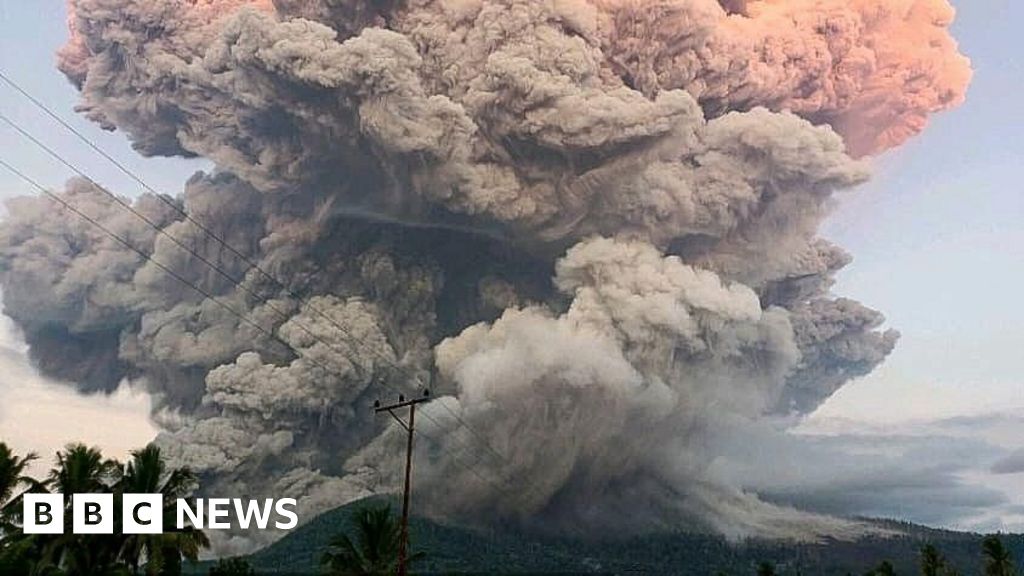Using the Neutron star Interior Composition Explorer (NICER) onboard the International Space Station (ISS), astronomers have observed IGR J12580+0134, which is the closest tidal disruption event. Results of the observational campaign, presented April 17 on the preprint server arXiv, shed more light on the nature and behavior of this event.
Tidal disruption events (TDEs) are astronomical phenomena that occur when a star passes close enough to a supermassive black hole and is pulled apart by the black hole’s tidal forces, causing the process of disruption.
Such tidally disrupted stellar debris starts raining down on the black hole and radiation emerges from the innermost region of accreting debris, which is an indicator of the presence of a TDE. All in all, the debris stream–stream collision causes an energy dissipation, which may lead to the formation of an accretion disk.
Therefore, TDEs are perceived by astronomers as potentially important probes of strong gravity and accretion physics, providing answers about the formation and evolution of supermassive black holes.
IGR J12580+0134 is a TDE that occurred in November 2010 in the nucleus of NGC 4845—a nearby spiral galaxy, at a distance of some 59 million light years. Previous observations of this TDE have suggested that it likely involved the disruption of an object with a mass of about 14–30 Jupiter masses by a massive black hole of ~ 3 x 105M⊙—with an estimated mass of some 300,000 solar masses.
In order to get more insights into the nature of IGR J12580+0134, a team of astronomers led by Ashkbiz Danehkar of the Eureka Scientific research corporation in Oakland, California, monitored this TDE between March 2023 and February 2024 with NICER. Their study was complemented by data from ESA’s XMM-Newton satellite.
The observations of IGR J12580+0134 detected X-ray brightening flares from March to June 2023, which was followed by a period of reduced luminosity in 2024. These flares turned out to be much fainter than the observed TDE.
Furthermore, the study identified two distinct spectral components. The first one corresponds to a heavily absorbing power-law spectrum in the TDE, as its light curve increases when the TDE occurs. The second component is likely associated with thermal emission features originating from collisionally ionized plasma. The astronomers assume that these features may be caused by a colliding wind or jet.
The researchers noted that the detected X-ray flares could be associated with extremely weak accretion onto the supermassive black hole (SMBH) in NGC 4845. This suggests that the galaxy may host a low-luminosity active galactic nucleus (AGN).
Therefore, the authors of the paper highlighted the need for long-term monitoring of host galaxies of TDEs, like NGC 4845, to understand the possible connection between TDEs and AGN activity.
More information:
A. Danehkar, IGR J12580+0134: The Nearest Tidal Disruption Event and its Faint Resurrection, arXiv (2025). DOI: 10.48550/arxiv.2504.18558
© 2025 Science X Network
Citation:
Astronomers explore the nature of the nearest tidal disruption event (2025, May 1)
retrieved 2 May 2025
from
This document is subject to copyright. Apart from any fair dealing for the purpose of private study or research, no
part may be reproduced without the written permission. The content is provided for information purposes only.

















